Civ 7: Redefining Leadership in Gaming
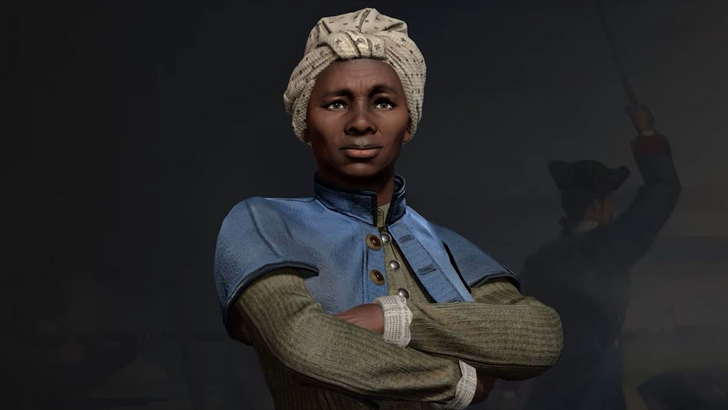
Civilization's leaders are as iconic as the civilizations themselves, but the way Firaxis selects each nation's representation has evolved significantly over the years. Dive into this article to discover how Civilization VII redefines leadership and showcases its diverse roster.
← Return to Sid Meier's Civilization VII main article
Civ VII Redefines What it Means to Be a Leader
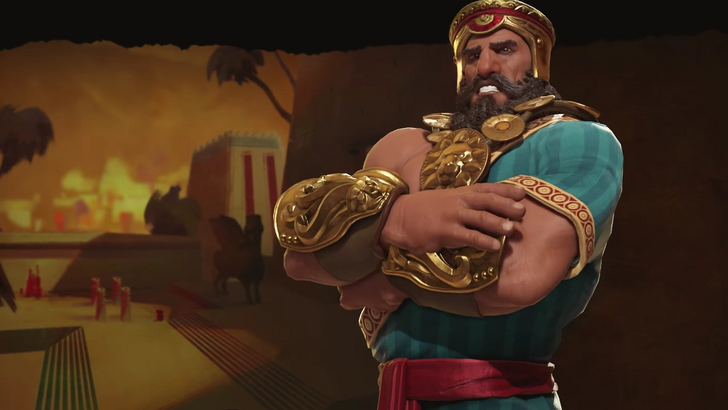
Leaders have been integral to the Civilization series since its inception, shaping the game's core identity and never being replaced by other mechanics. These iconic figures are the heart of their civilizations, as crucial to gameplay as the civilizations themselves. Over the years, the leaders have evolved, reflecting the diversity of real-world nations and adapting with each new installment. Each game has brought innovations to their design, redefining what it means to be a leader and how they impact the game.
Join me as we explore the history of Civilization's leaders, how they've evolved, and how Civilization VII redefines leadership with its unique lineup.
Old Civ Was a Superpowers Club Only
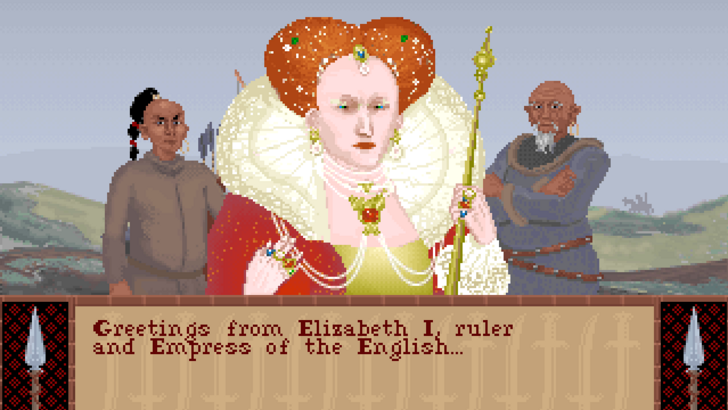
Starting with Sid Meier's original 4X masterpiece, Civilization, the game featured a relatively simple roster compared to later entries. It included 15 civilizations, representing global superpowers of the early '90s and historical antiquity, such as America, Rome, Greece, Japan, China, France, Egypt, and Russia. Leadership was straightforward—each civilization was led by a historical head of state, with the most widely recognized figures taking the spotlight.
This approach gave us leaders like Abraham Lincoln, Tokugawa Ieyasu, Mahatma Gandhi, and Julius Caesar, alongside more controversial figures like Mao Zedong and Joseph Stalin. Elizabeth I was the only female leader at the time. This was a clear-cut, textbook approach to leader selection, fitting for the era in which Civilization was released. However, as the series progressed, innovations began with Civilization II.
Civs 2 Through 5 Increase Diversity and Creativity in Increments
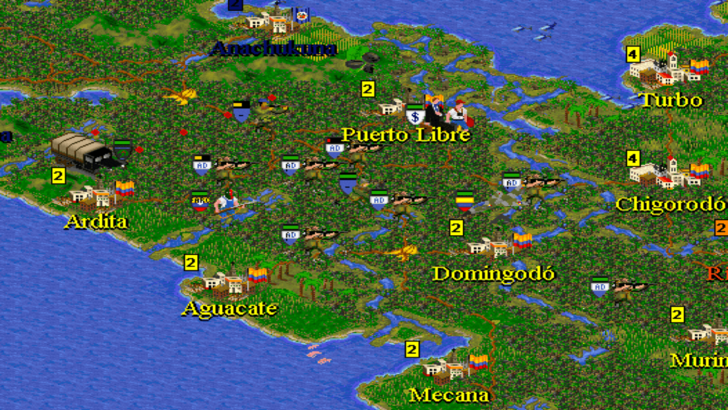
By the time Civilization II was released, the leader roster and the list of civilizations had expanded. New civilizations like the Sioux were introduced alongside additional historical superpowers, such as Spain. A significant innovation was the introduction of a dedicated alternative roster for women, allowing players to choose from both male and female leaders for each civilization.
The definition of a "leader" also broadened to include figures who were pivotal to their civilization's identity but not necessarily heads of state. Examples include Sacagawea for the Sioux and Amaterasu, a Shinto goddess, for Japan.
Civilization III took a different approach by integrating more female leaders directly into the base game, with six in total. Some female leaders even replaced historically dominant male counterparts, such as Joan of Arc for France and Catherine the Great for Russia.
By the time Civilization IV and V arrived, the roster size and the definition of leadership had expanded significantly. Leaders were no longer just heads of state; revolutionaries, generals, reformists, and consorts became common. Traditional figureheads were either replaced or doubled up, with notable examples including Wu Zetian replacing Mao Zedong in China and both Victoria I and Elizabeth I representing England.
Civilization's narrative shifted from focusing solely on the strong and famous to encompassing the broader story of humanity.
Civ 6 is When The Roster Starts to Get Spicy
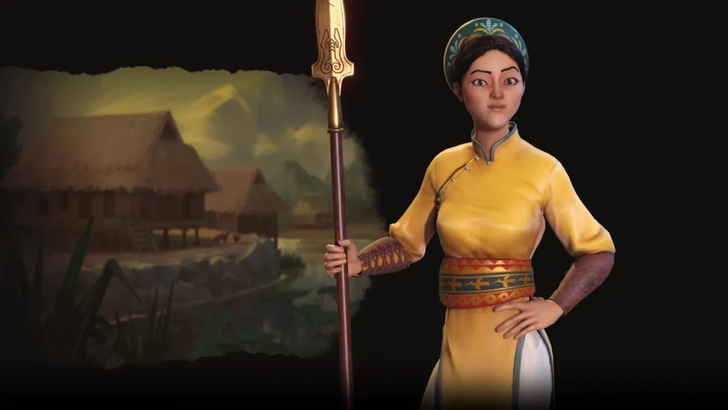
Civilization VI marked a significant leap in characterization, diversity, and creativity, with leaders portrayed as stylized animated caricatures. It introduced Leader Personas, alternative versions of the same leader that emphasized different aspects of their personality or rule, offering distinct playstyles.
The game welcomed lesser-known heroes from lesser-known civilizations, such as Lautaro of the Mapuche, a symbol of resistance against Spanish conquest in Chile, and Bà Triệu, a Vietnamese folk hero and warrior. Queen Gorgo of Sparta led Greece with a more militaristic approach, contrasting with Pericles' diplomacy.
Leaders were now defined by specific chapters of their lives, a concept that set the stage for Civilization VII's approach to leadership. Eleanor of Aquitaine could lead either France or England, and Kublai Khan could rule the Mongols or China. Multiple leader options were introduced for civilizations like America and China, with leaders like Abraham Lincoln, Theodore Roosevelt, Qin Shi Huang, Wu Zetian, and Yongle.
The integration of Leader Personas brought even more diversity, with alternate personas for leaders like Catherine de Medici, Theodore Roosevelt, Harald Hardrada, Suleiman, and Victoria, each offering subtle yet meaningful variations in play style.
Civ 7 Forgoes Series Staples for Fresh Faces and Unique Leaders
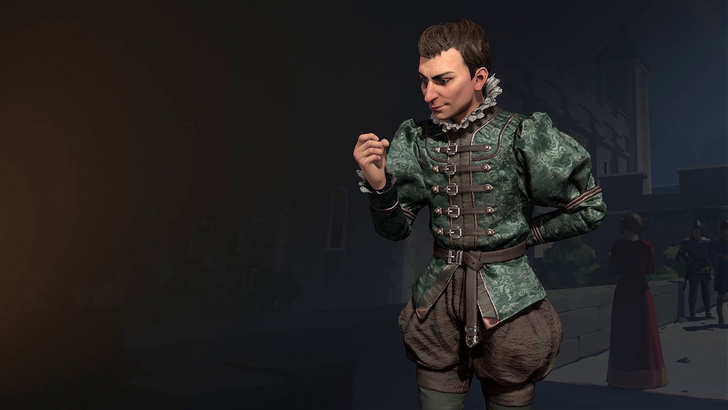
Civilization VII represents the latest evolution in Firaxis' leader selection philosophy, boasting the most diverse and creative roster yet. It features unconventional leaders, multiple personas, and carefully curated picks tailored to different playstyles.
The game's mix-and-match approach to civilizations and leaders allows lesser-known figures to take center stage. Harriet Tubman, the American abolitionist and Underground Railroad leader, embodies the spymaster role once held by Catherine de Medici. Niccolò Machiavelli, despite not being a head of state, perfectly represents self-serving diplomacy. José Rizal of the Philippines joins the series, focusing on diplomacy, narrative events, and celebrations.
After nearly 30 years, Civilization has evolved from a game about superpowers shaping history to a vibrant, diverse, and imaginative collection of great minds, all telling the story of humanity. The definition of leadership has changed dramatically, but the significance of those who bear the title remains unwavering. As we look forward to Civilization VIII, we may see leaders contemporary to us, but for now, we can appreciate the rich tapestry woven by Civilization's rosters.
← Return to Sid Meier's Civilization VII main article
Sid Meier's Civilization VII Similar Games





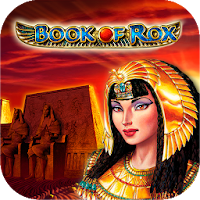


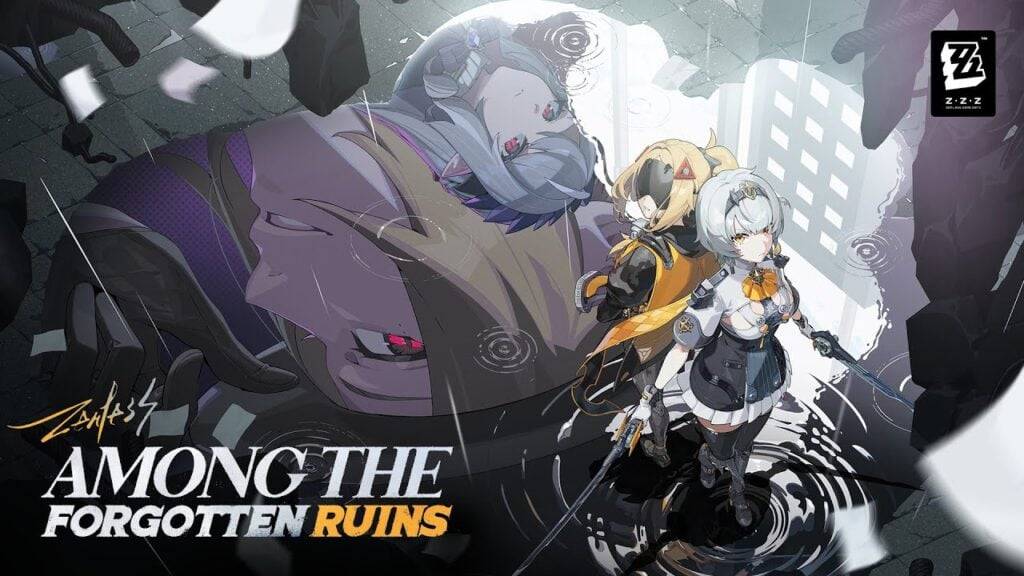

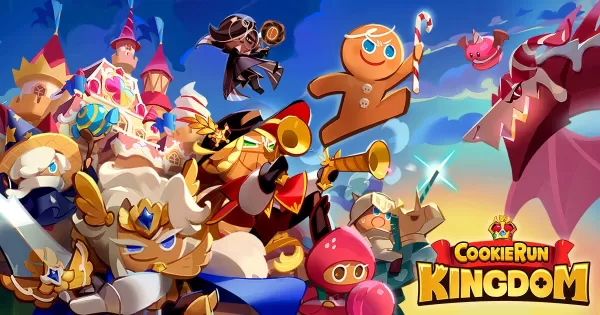
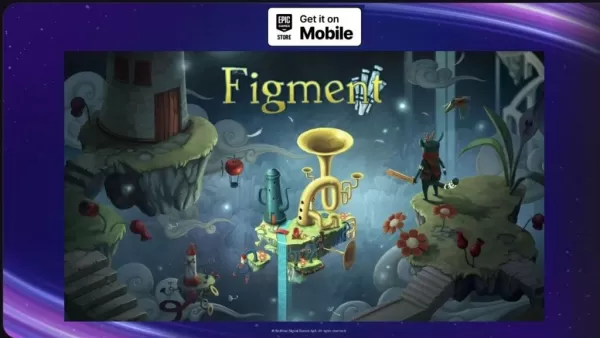





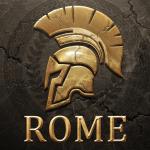

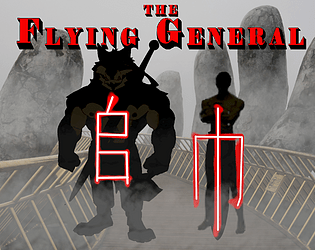


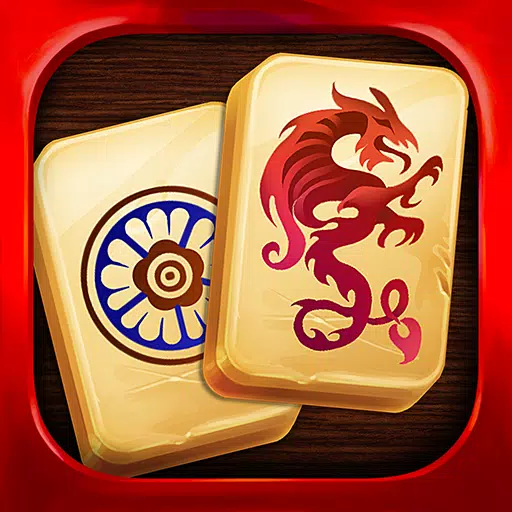

![FurrHouse [Ch. 3]](https://images.dshu.net/uploads/30/1719555089667e54115d59f.jpg)




